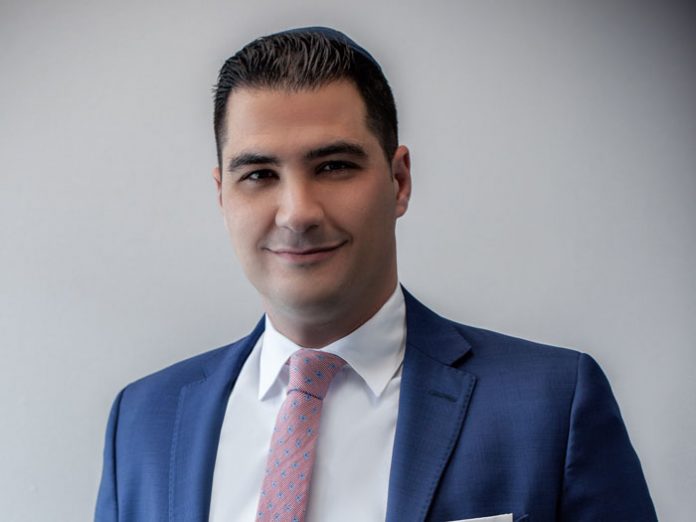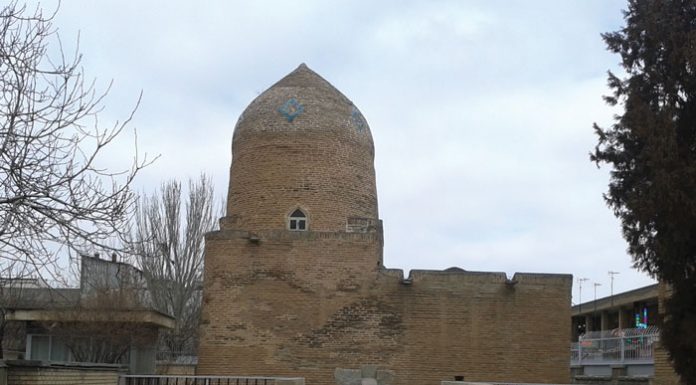An American poet once said: “It is not our differences that divide us. It is our inability to recognize, accept, and celebrate those differences.” This perceptive statement is all the more true when it comes to the Sephardic/Ashkenazi divide.
Lest anyone needs to be reminded, many of the greatest Jewish leaders and scholars were Sefardim who lived in lands under Muslim control. In fact, the Rambam, who was born in 1138, lived under Islamic rule his entire life. He grew up in Córdoba, in what is now southern Spain, and after it was conquered by the extremist Almohads when he was ten years old, his family fled to Morocco. In 1166, after a brief yet formative visit to Eretz Yisrael, then under Crusader rule, they ultimately settled in Egypt, first in Alexandria and then in Fustat (part of present-day Cairo). The Rambam lived there until his passing in 1204. Yet how many Ashkenazim, the majority of whom cling to every utterance of the Rambam, especially his Mishneh Torah, are aware of his Sephardic heritage? So when Yehuda Azuolay tells me about his mission to promote Sephardic Judaism and to bring Sefardim and Ashkenazim closer, it certainly resonates.
A Well-Balanced Life
“The entire Jewish world learns the Rambam, the Beit Yosef, and many other Sephardic Rishonim and Acharonim,” he tells me. “At one point, 90% of world Jewry was Sephardic. But the ratios have changed since the 12th century, when the Rosh and other gedolim and their families and communities left Spain for Germany.”
Yehuda, however, is determined to bring the Sephardic legacy back to the fore. A first-generation Canadian, Yehuda is of Moroccan descent. Both of his parents were born in Morocco. His father came to Canada at the age of 23, and his mother’s family arrived when she was five.
Before the founding of the State of Israel in 1948, there were between 250,000 and 350,000 Jews living in Morocco, making it the largest Jewish community in the Muslim world. Jews were the first in the country to adopt the French language. Today, very few Jews remain.
“I grew up in Toronto, and in the synagogues we attended I heard more French, Arabic and Spanish being spoken than English,” he shares. “I went to a Sephardic school and a Sephardic camp. Everything around me was 100% Sephardic. It wasn’t until the eighth grade when I heard an Ashkenazi rabbi make a brachah on the Torah that I heard someone pronouncing the words that way. I didn’t even know that such a thing existed. We knew about Ashkenazim, but we didn’t know that they prayed differently.”
“How would you define the Sephardic heritage in a nutshell?” I ask.
“I would describe it as a unique amalgamation of Torah and mitzvot and whatever positive things we can incorporate from the secular world,” he states assertively. “If you study the history of the Jews in Morocco or the Ottoman Empire or Egypt, they didn’t isolate themselves from the rest of society. They participated in it up to a point, but they also knew how to draw the line and maintain kedushah in their homes and communities. Our greatest gedolim, from the Rambam to the Arizal, worked to earn a parnasah. On the other end of the spectrum, c The best term to describe it would be ‘balanced Judaism,’ and there is still much to learn from such an approach today. I’m not saying that we are better than the Ashkenazim, but our unique lifestyle can bring a big, shining brightness to the entire Jewish world.”
Yehuda’s description of Sephardic culture as “balanced Judaism” reminds me of the narrative that appears in the critically acclaimed book Aleppo Tales by Rabbi Haim Sabato, whom I have the great privilege of knowing personally:
“In keeping with the ways of many of the sages of Aleppo, my grandfather did not make a living from the Torah. He was a trader in fabrics, spending a few hours in his shop and the rest of the day at his studies. What would have been surprising in Eretz Israel was considered normal in Aleppo. Once a certain scholar came from Eretz Israel to Aleppo. He went into the beit midrash and asked the local scholars about a halachic ruling that was the subject of a dispute in Eretz Israel. They could not answer him. They told him, ‘We have no answer, but there is a sage among us; perhaps he can answer your question.’ He asked them, ‘And where is he studying?’ They told him, ‘In the textile market.’





















